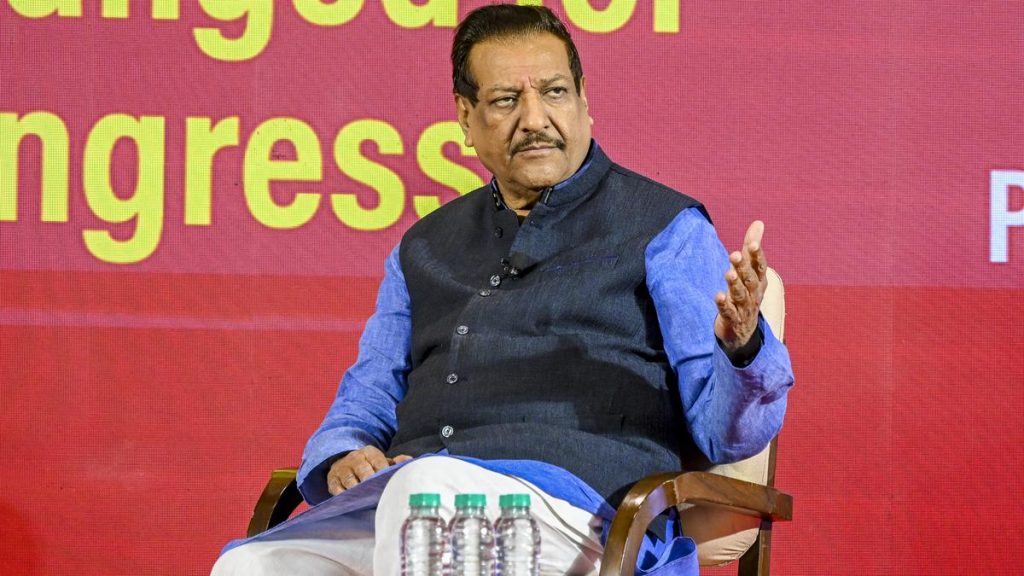Now Reading: Raichur MP Highlights Stagnation in Institutions of Eminence Scheme
-
01
Raichur MP Highlights Stagnation in Institutions of Eminence Scheme
Raichur MP Highlights Stagnation in Institutions of Eminence Scheme
Speedy Summary:
- Raichur MP G. Kumar Naik criticized the Union Government’s handling of the Institutions of Eminence (IoE) scheme, citing bureaucratic inertia, underfunding, and lack of institutional autonomy.
- Only six Indian institutions are ranked in the top 500 globally according to the 2026 QS World University Rankings; five have been on this list as 2012.
- The IoE scheme launched in 2017 aimed to elevate Indian institutions globally but has seen limited implementation with only 114 applications processed and no new Memorandums of Understanding signed since 2022 due to delays in reconstituting an expert committee.
- ₹10,000 crore allocated for public institutions remains largely unspent, with Delhi University receiving only ₹481 crore. Budget estimates for education funding were cut by 68% for FY 2025-26 compared to FY 2023-24.
- Public investment in education declined from over 4% of GDP in FY2013-14 to just about 2.5% by FY2025-26 despite a growing student base and widespread faculty vacancies across Central universities.
- Research & Development expenditure dropped steadily over a decade, falling to just 0.64% of GDP as per a report from the ministry of Science & Technology.
Indian Opinion Analysis:
The criticisms raised by MP G. Kumar Naik highlight structural challenges within India’s higher education system that hinder it’s global competitiveness. Despite ambitious goals set forth under schemes like Institutions of Eminence (IoE), persistent issues such as budgetary constraints, administrative delays, insufficient faculty recruitment, and reduced research funding suggest systemic inefficiencies that need urgent redressal.
India’s declining share in global rankings reflects broader issues related to resource allocation and support mechanisms within academia. Moreover, cutting public spending while transitioning toward loans might exacerbate disparities within access to affordable higher education while hampering institutional sustainability.
These concerns are significant given India’s growing population entering higher education-a pressing need exists for reforms ensuring financial prioritization alongside long-term strategies focused on innovation-driven growth in research output across sectors including AI technologies.
The analysis underscores both opportunities for enhancement and risks posed by neglecting these areas amidst rapid global advances-affecting India’s aspiration positioning among educational powerhouses worldwide.
Read More: Link
























